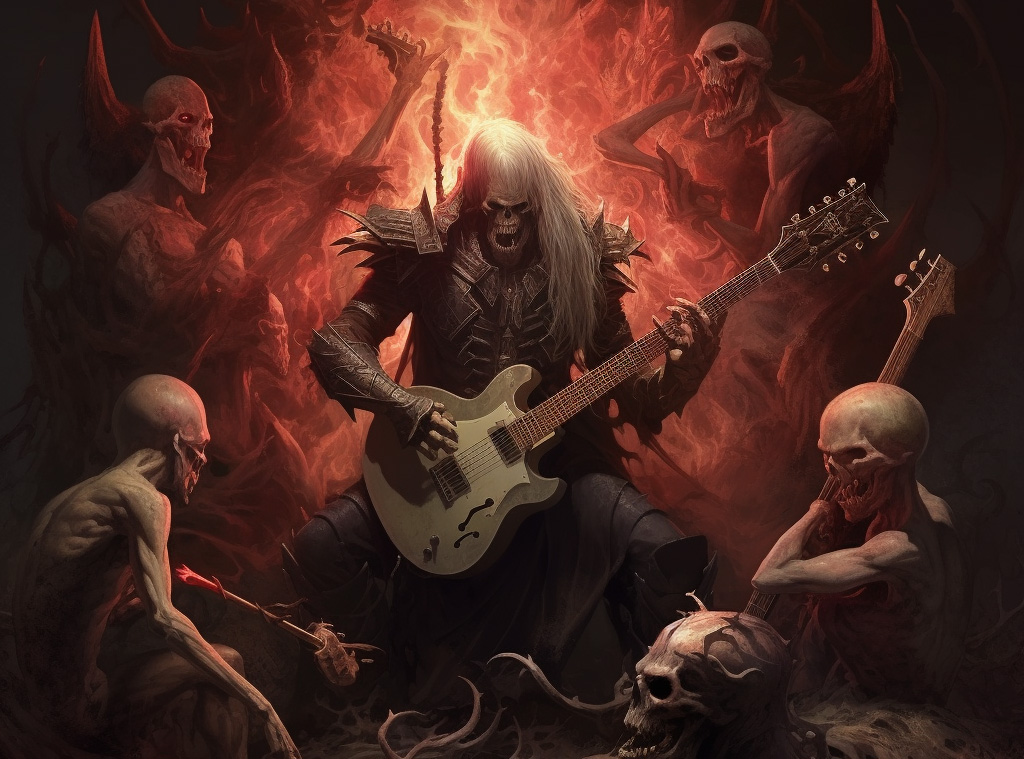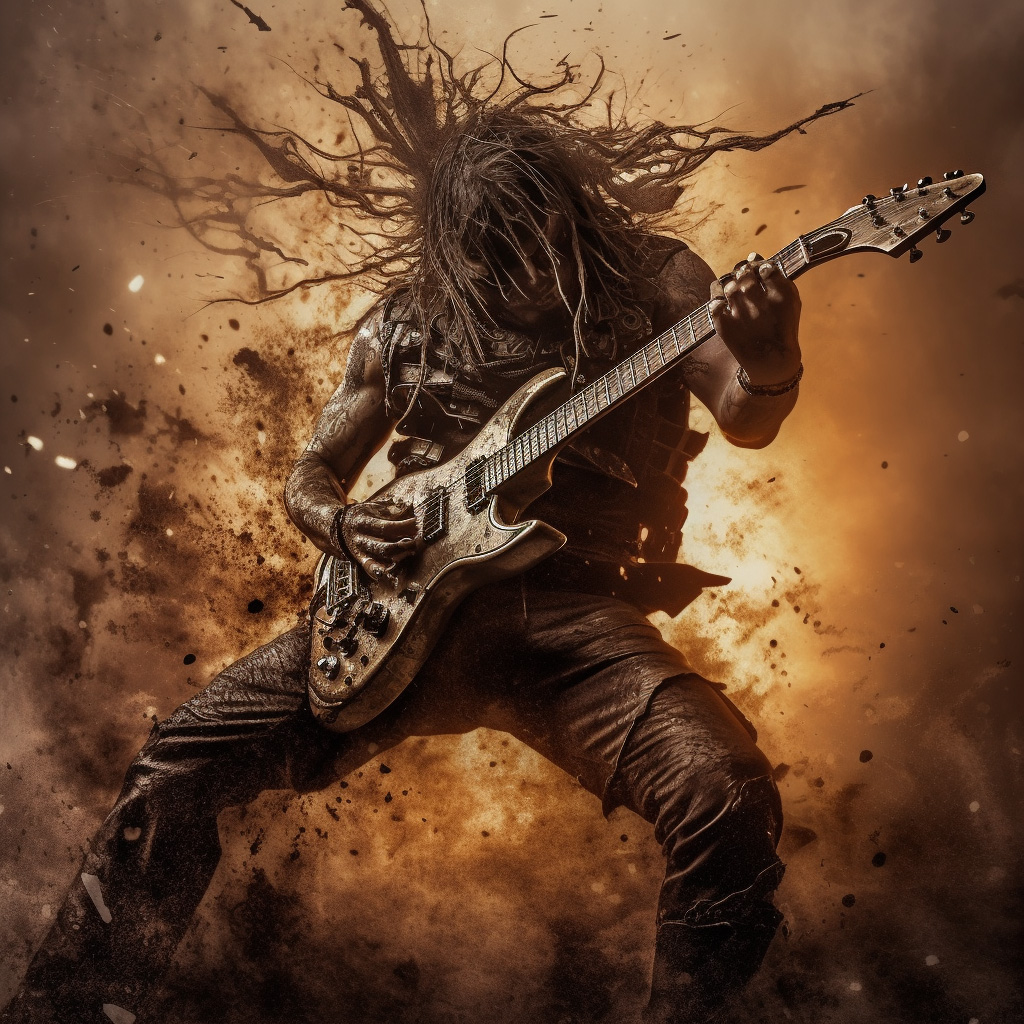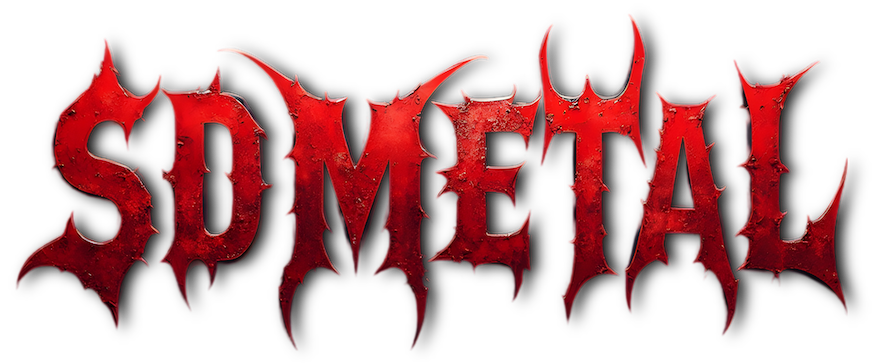
Welcome to the savage realm of death metal, where darkness, aggression, and unrelenting brutality converge to create a sonic assault unlike any other. In this captivating article, explore the origins and evolution of this extreme genre that birthed a new era in heavy music. Unveil the influences, pioneers, and key moments that shaped the brutal birth of death metal music, immersing yourself in the relentless soundscapes and untamed spirit that define this uncompromising musical force. Brace yourself for a visceral journey into the depths of death metal’s unyielding power.
Table of Contents
Introduction
The Death Metal subgenre is distinguished by its intense intensity, rage, and sombre themes. With its ferocious composition and deep growls, Death Metal Music has carved itself its own unique place in musical history. In this piece, we will examine the origins of this style of music, starting with the bands that laid the foundation for this uncompromising kind of music.
The Precursors
To really understand the birth of Death Metal, we must first recognize the basis laid by many bands who contributed to its evolution. A wave of extreme metal bands arose in the early 1980s, pushing the limits of heaviness and speed. Venom, Hellhammer, and Celtic Frost were key in creating the groundwork for what would become death metal.
Possessed: The Pioneers
Among the early pioneers of death metal, one band stands out: Possessed. Formed in San Francisco in 1983, Possessed released their groundbreaking debut album, “Seven Churches,” in 1985. This seminal release featured a ferocious blend of aggressive guitar riffs, rapid-fire drumming, and Jeff Becerra’s demonic vocals. “Seven Churches” showcased a newfound level of intensity and brutality, setting the stage for the emergence of death metal as a distinct genre.

Death: Forging the Path
While Possessed paved the way, it was the band Death that would come to define and shape the sound of death metal music. Founded by Chuck Schuldiner in 1983, Death released their debut album, “Scream Bloody Gore,” in 1987. The album marked a significant turning point, combining raw aggression with technical precision. With its lightning-fast guitar solos, intricate song structures, and Schuldiner’s guttural growls, “Scream Bloody Gore” solidified Death’s place as one of the founding fathers of death metal.
Expanding the Horizons
As the 1980s progressed, a wave of bands emerged from different regions, further expanding and refining the death metal sound. Bands like Morbid Angel, Obituary, Cannibal Corpse, and Deicide brought their own unique approaches, pushing the boundaries of brutality and musical complexity. Morbid Angel’s “Altars of Madness” (1989) and Cannibal Corpse’s “Tomb of the Mutilated” (1992) are considered landmarks within the genre, showcasing technical proficiency and unrelenting brutality.
The Swedish Wave
While the American scene was flourishing, a parallel movement was brewing in Sweden. Bands such as Entombed, Dismember, and At the Gates emerged with their own take on death metal, characterized by a buzzsaw guitar tone, melodic sensibilities, and a crushing sound. The Swedish wave of death metal, often referred to as “Stockholm death metal” or “Swedish death metal,” left an indelible mark on the genre and influenced countless bands worldwide.
Legacy and Evolution
Since its inception, the genre has continued to evolve and diversify, spawning numerous subgenres and fusions. Technical death metal, melodic death metal, and progressive death metal are just a few of the offshoots that have emerged over the years. Bands like Nile, Opeth, Behemoth, and Bloodbath have pushed the boundaries of death metal music, incorporating new elements while staying true to the genre’s core principles.
Conclusion
The birth of Death Metal Music can be attributed to a collective effort by pioneering bands who dared to venture into uncharted sonic territory. Possessed and Death, in particular, played pivotal roles in shaping and defining the genre. Their uncompromising approach to music, relentless pursuit of pushing boundaries, and willingness to explore dark and extreme themes set the stage for the birth and evolution of death metal. The legacy of death metal lives on, as it continues to captivate and inspire a loyal and passionate following, pushing the boundaries of extreme music and captivating listeners with its uncompromising and brutal sound.
FAQ
[toggler title=”Is Death Metal Evil?” ]Death metal as a genre of music is not inherently evil. While death metal often incorporates dark and extreme elements in its sound, lyrics, and imagery, it does not promote or condone evil actions or beliefs. The aggressive and intense nature of death metal serves as a form of artistic expression and can be a cathartic outlet for musicians and fans. The lyrical themes of death metal often explore topics such as death, violence, horror, and the macabre, but they are not meant to be taken literally or as endorsements of harmful behavior. It’s important to understand that music genres themselves are not moral entities; it is the individuals and their intentions behind the music that shape its impact. Listeners can appreciate death metal for its musical complexity, artistic expression, and as a way to explore different emotions and perspectives, rather than interpreting it as inherently evil.[/toggler]
[toggler title=”What Makes It Death Metal?” ] Death metal is a subgenre of heavy metal music known for its extreme and aggressive sound. It is characterized by heavily distorted guitars, deep guttural vocals, fast and intricate drumming, and dark lyrical themes often revolving around topics like violence, horror, and the macabre. The music typically features complex song structures, technical guitar solos, and a focus on low-tuned guitars for a heavy and menacing tone. The intense and brutal nature of death metal sets it apart from other genres, making it a distinct and powerful form of expression within the metal genre.[/toggler]
[toggler title=”What Are Death Metal Fans Called?” ]Fans of death metal are commonly referred to as “deathheads”, “metalheads” or “death metalheads.” These terms are used to describe individuals who have a deep appreciation and enthusiasm for death metal music. Deathheads often embrace the extreme and dark aspects of the genre, immersing themselves in the aggressive sound, brutal lyrics, and the overall atmosphere that death metal offers. They may actively participate in the metal community, attend concerts and festivals, collect albums and merchandise, and engage in discussions and debates about the genre.[/toggler]
